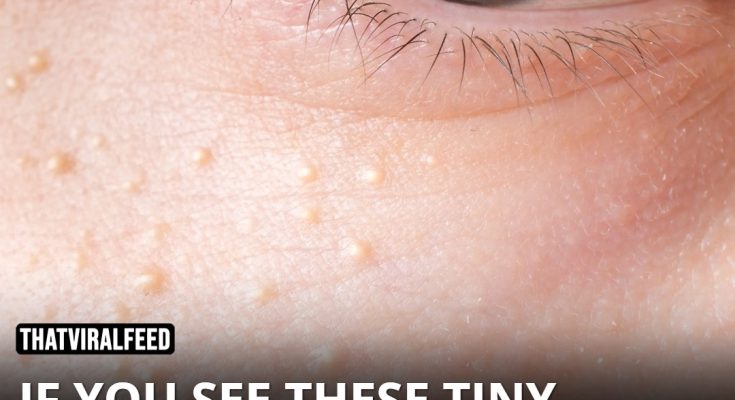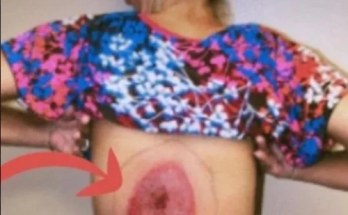How to Safely Remove Milia
Milia are small, harmless cysts that form when keratin gets trapped beneath the skin’s surface. While they don’t pose a health risk, many people seek removal for cosmetic reasons. The most reliable way to remove milia is by visiting a dermatologist, but there are also other methods and treatments to consider. Here’s a detailed look at how to safely manage and remove milia.

1. Don’t Pick or Pop Milia
As tempting as it may be to try removing milia yourself, resist the urge to pop or pick at them. Unlike pimples, milia don’t have an opening that allows them to be popped, and picking can lead to infection, scarring, or inflammation. According to dermatologists, milia should only be handled by professionals to avoid skin damage.
2. Daily Cleansing and Gentle Skincare
One of the easiest ways to prevent or manage milia is to maintain a daily skincare routine. Use a gentle, paraben-free cleanser to wash your face every day and pat your skin dry afterward. Cleansing helps remove dead skin cells that can block pores, which in turn may help reduce milia formation. Exfoliating a few times a week with mild exfoliants like salicylic or glycolic acid can also keep your skin healthy and reduce clogged pores, a primary cause of milia formation.

3. Try Steam Therapy
Steaming your face can help loosen and soften the outer layer of your skin, making it easier for a dermatologist to remove milia. It may also help open up pores, making future milia less likely to form. To do this at home, you can use a simple steam facial by boiling water, letting it cool slightly, and then holding your face over the steam for 5-10 minutes. This will not directly remove milia but can make treatments more effective.
4. Consider Prescription Retinoids
Topical retinoids are another option recommended by dermatologists to treat and prevent milia. Retinoids help exfoliate the skin, making it easier for trapped keratin to escape. Prescription-strength retinoids may be particularly effective for stubborn cases, but they should only be used under the guidance of a healthcare provider as they can sometimes cause irritation.
5. Professional Milia Extraction
The safest and most effective way to remove milia is by having a dermatologist perform a manual extraction. This process involves making a tiny incision with a sterile needle or blade, followed by using a comedone extractor to gently push out the trapped keratin. Manual extraction provides immediate results with minimal discomfort, and it reduces the risk of infection or scarring.

6. Advanced Treatment Options
For more persistent cases, dermatologists may recommend advanced treatments, including:
- Cryotherapy: Uses liquid nitrogen to freeze the milia, causing them to fall off naturally as the skin heals.
- Laser Ablation: A precise laser breaks down the milia without damaging the surrounding skin, an effective method with a low risk of scarring.
- Chemical Peels: Mild chemical peels using salicylic or glycolic acid can help exfoliate the skin and remove surface-level milia.
- Plasma Pen: This device uses plasma energy to vaporize the milia, usually requiring only one session. It’s a relatively new method but is gaining popularity due to its quick results.
7. Home Remedies and Natural Options
For those interested in a more natural approach, some remedies may help:
- Manuka Honey: Known for its anti-inflammatory and antibacterial properties, Manuka honey can be applied as a mask to soothe skin and reduce inflammation around milia, though it may not remove them entirely.
- At-Home Steam Facials: As mentioned earlier, steam can help soften the skin and make milia easier to extract professionally.
- Rose Water: Spraying rose water on the skin can refresh your complexion and may prevent irritation or redness associated with milia.
8. When to See a Dermatologist
If over-the-counter treatments and natural remedies don’t work or if your milia are persistent, visiting a dermatologist is essential. They can safely remove the milia and recommend treatments to prevent recurrence. It’s especially important to see a dermatologist for milia around the eyes or in sensitive areas.



